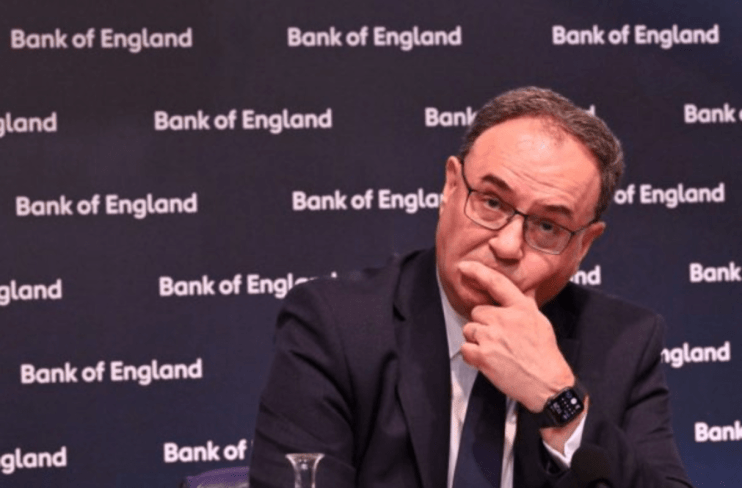
Markets have grown increasingly jittery about the timing of the first interest rate cuts in the UK and the latest batch of data this week will have done nothing to ease their nerves.
Interestingly, the repricing began last week. Over the course of the week, traders moved to fully price in just two interest rate cuts this year, down from three at the beginning of the week. That came after hot US inflation data and some hawkish commentary from a Bank rate-setter.
Last week’s market moves felt precautionary more than anything else. After all, no UK specific data was released for investors to scrutinise.
This week, however, market caution looks more justified following two upside surprises on two crucial pieces of economic data.
Its worth noting at the outset that, in themselves, these pieces of data were not big upside surprises. The Bank of England will still cut interest rates this year. However, markets will be nervous that they mark the start of a trend which could push back the rate-cutting cycle to the autumn.
So what’s happened?
Official figures showed this morning that inflation continued falling in March, but not by as much as markets had expected. The headline rate fell to 3.2 per cent in March, down from 3.4 per cent in February.
Almost all of this disinflation came thanks to a slower rate of food inflation, which dropped to its lowest level since November 2021.
The concern for the Bank of England is that services inflation – a key indicator of domestic inflationary pressures – proved much more stubborn than expected. Services inflation fell to 6.0 per cent, compared to the 5.8 per cent expected by markets and the Bank of England.
Prices for restaurants, hotels and recreation all came in ahead of expectations, pointing to the underlying strength of the consumer.
Then there was yesterday’s wage data.
Wages are a major contributor to services inflation, and so policymakers are hoping that easing pay growth will pave the way for further disinflation in the services sector.
Those hopes did not work out as planned yesterday.
Regular pay growth fell to six per cent in February, marginally lower than last month’s reading of 6.1 per cent but ahead of the 5.8 per cent expected by economists. Including bonuses, annual pay growth remained stuck at 5.6 per cent.
The Bank of England’s preferred measure – private sector regular pay growth – jumped 0.9 per cent in February, its highest reading since May last year and well ahead of the 0.4 per cent averaged over the past three months.
“Wage pressures in February were undeniably stronger than expected too, making for potentially uncomfortable reading for many on the Monetary Policy Committee (MPC),” Sanjay Raja, chief UK economist at Deutsche Bank Research.
The Bank of England will not leap to conclusions based on this round of data.
There will be a further batch of data before the MPC’s next meeting in May and while a May cut is now off the table, June and August are very much still in play.
Raja said that this morning’s data was a “stark reminder that while a two per cent CPI print may be within reach, it won’t be a smooth descent to target”.
Analysts at Goldman Sachs said it “increases the risk of a slower start to the cutting cycle”.
Rob Wood, chief UK economist at Pantheon Macroeconomics, agreed. “The risks are increasingly shifting to the Committee opting to wait until August to cut Bank Rate compared to our call of a June interest rate reduction,” he said.

